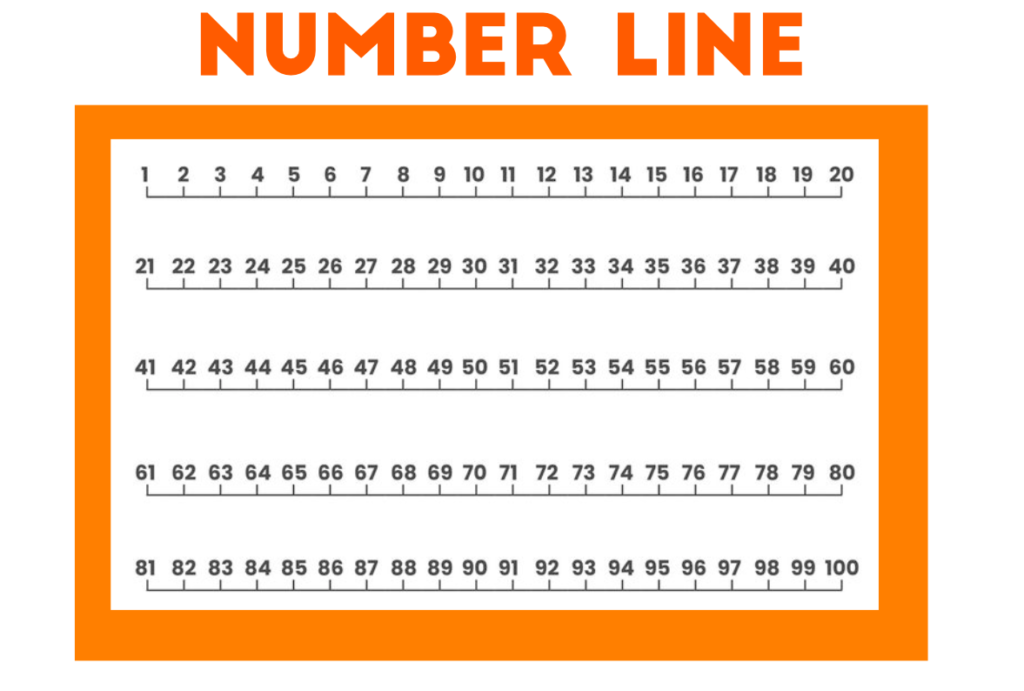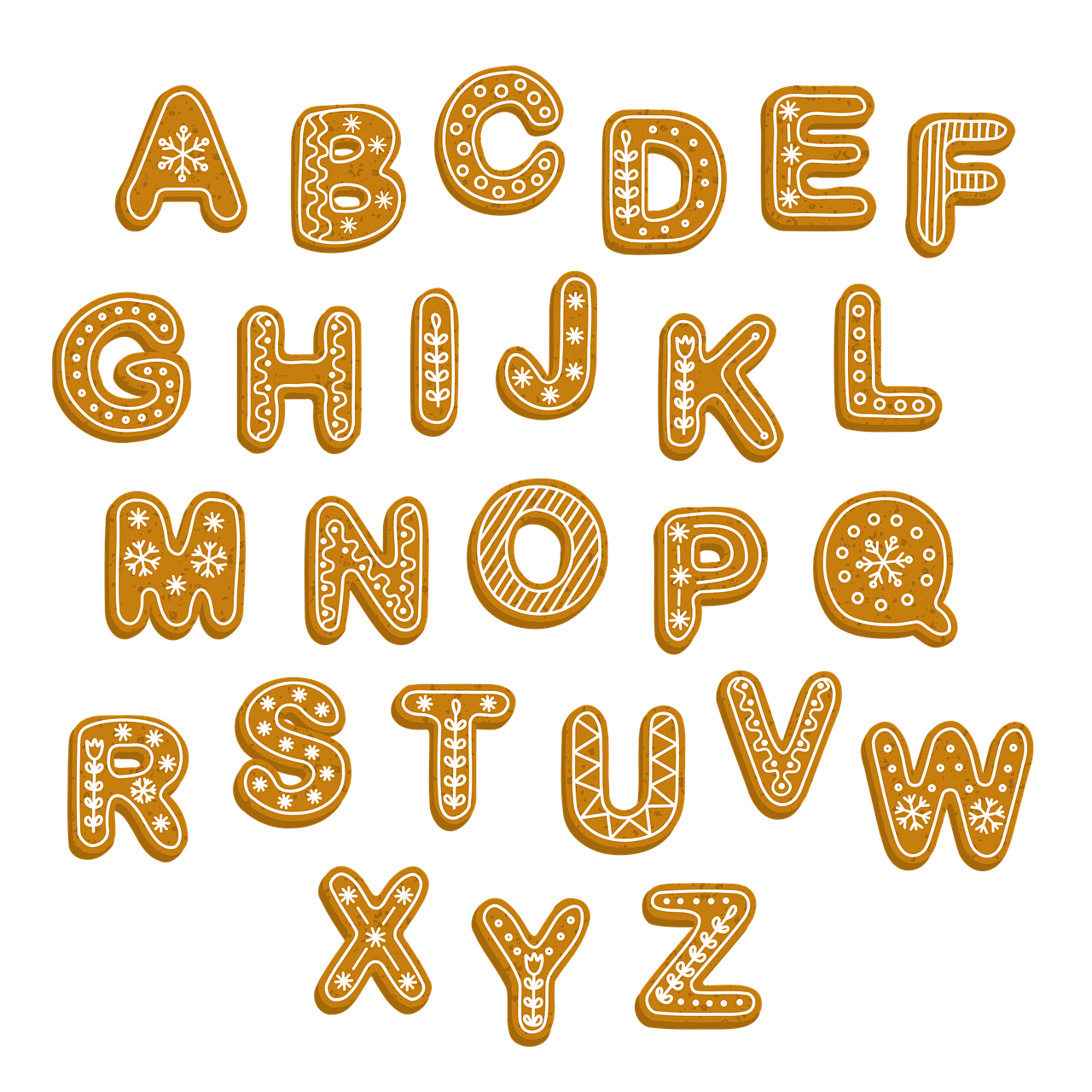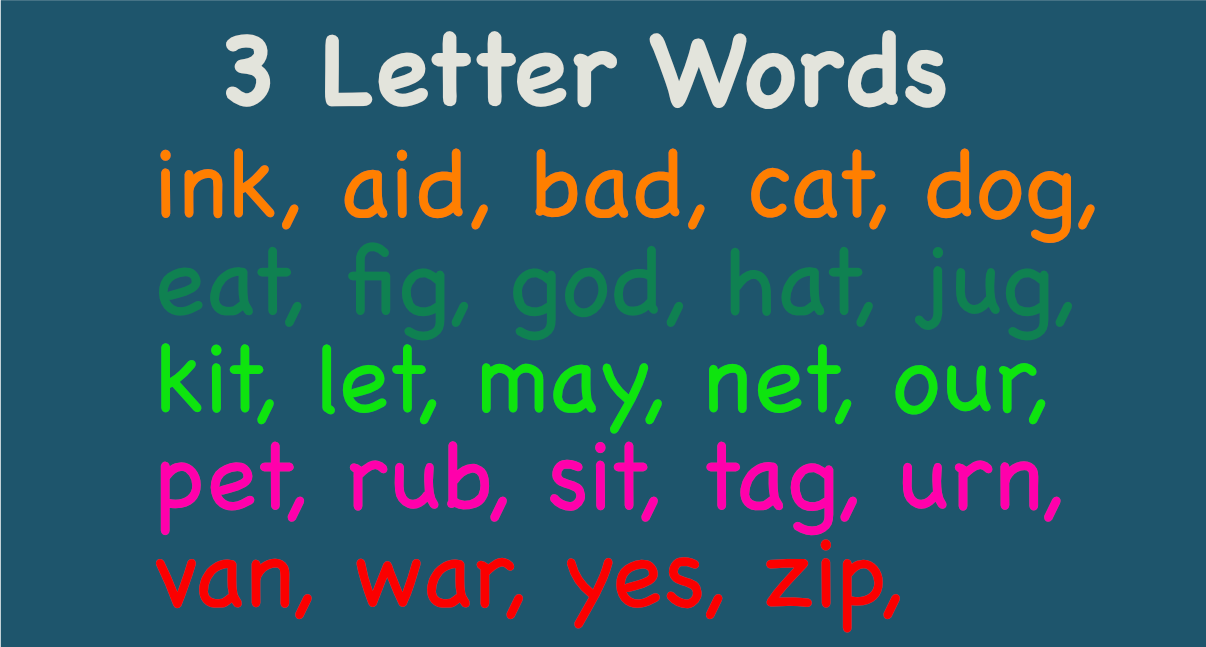
If your child is still young, one of the best ways to help him learn numbers is through games. Children love to play classic children’s games, and learning numbers helps them play them more effectively.
Hide-and-seek is a popular game that teaches kids to count. Older preschoolers can also play the classic hopscotch game, which tests large-motor skills. Other fun games to play with your child include HiHo! Cherry-O, a classic counting game.
Contents
Pretend Play
Playing with numbers is an effective way for young children to develop their counting skills. Instead of using real objects for pretend play, use objects that represent numbers. For example, you can use beanbags, pom-poms, bottles with labels that indicate different numbers, a carton, a toy dump truck, or pebbles as counting objects.
Pretend play can be a fun way to introduce your child to math. Let’s say that your child is four years old. He or she likes to play dress-up in mommy’s clothes and jewelry, pretending to shop, take care of baby dolls, and cook dinner.
By using pretend play, your child will develop a logical and abstract thought process. For example, he will learn that letters represent something, so he or she will be able to recognize numbers when you show him or her.
Expose Your Child to Number Involving Tasks
Another way to teach numbers is to have your child take responsibility for doing some household tasks. Having your child help out in the kitchen is an excellent way to introduce numbers to your child, and it is also a great way to teach responsibility.
You can also take up simple cooking activities with your child, such as making banana cakes, rotis/chapatis, and fruit salads.
Another fun way to introduce numbers to your child is to use a numbering template. You can use pom poms, craft beads, or even counters to fill a pot. Kids love pretend play activities, and they love the outdoors, so this is a fun way to introduce them to numbers.
Another fun way to introduce numbers is by using a dice game. Dice games such as Uno are great for teaching children about greater and less than. Children can also practice math skills through activities such as comparing cards.
Counting Everyday Objects
Counting everyday objects can be a wonderful way to teach a child to learn numbers. From counting the pebbles in a park to counting the shoelaces on someone’s feet, children can quickly become familiar with the concept of quantity. Eventually, they will be able to distinguish how many of an object there are by sight.
Counting everyday objects helps a child to learn the concepts of one, two, and three. The easiest objects to count are those that are colorful and bright.
Once the child grasps the concept of numbers, they can begin learning how to count in larger groups. They can also learn how to place objects vertically under the numbers. The vertical placement will provide a visual example of the quantity associated with each number.
Counting everyday objects can help a child learn numbers as early as 2 years old. In some cases, this will happen earlier or later, depending on the developmental stage of the child. By the time a child is around two years old, they are absorbing a great deal of information and have the cognitive capacity to understand simple concepts.
Keep It Fun and Meaningful
When teaching your child to count, you must make sure that the counting experience is fun and meaningful. For the most successful counting experience, use real objects. Later, you can introduce counting pictures, but for now, stick to concrete objects. The abstract approach to teaching a child to learn numbers is too advanced for preschoolers. As a result, counting everyday objects is a great way to teach a child to learn numbers and math.
Using Do-A-Dot Markers
Dot-A-Dot markers are a great tool for teaching your child numbers. They help to develop hand-eye coordination, as well as gross and fine motor skills. These washable markers won’t stain hands and surfaces. This activity can also be used to teach children letters and spellings.
Dot markers come in various colors and can be used to decorate printable Do-A-Dot picture templates. You can find these templates on the internet, or you can print one off for your child.
Just make a few dots on paper, and then use a pencil or pen to connect them with the matching colored marker. This activity will engage your child’s creative side and will keep him or her entertained for hours.
Use Corresponding Dots
Another fun activity that can be used to teach a child to learn numbers is to match letters with the corresponding dots. This activity can help them develop their recognition of numerals, and it reinforces one-to-one correspondence. For example, if a child knows that a number has three suns, she should place three suns in the number’s circle.
Once the child has learned a word, they can practice matching it with its corresponding numeral. This can be done either in a partner activity or a whole group activity. You can also use a counting game, where you hide a bear in a cup and then your child must guess the number.
The child will gain experience and confidence in comparing numbers. It is also easy to compare numbers using a number line or chart. It helps if the number objects are small.
Skywriting
Skywriting is a multi-sensory way for a child to learn the alphabet and numbers. Each letter is represented by a letter card, and the pictures of the initial sound of each letter provide additional exposure to the letter sound.
Unlike traditional handwriting, skywriting requires students to stand up and write while facing the front. The teacher must also mirror the student’s writing, which requires practice. Occasionally, students will write letters wrongly, and this can cause a bad habit.
Benefits of Skywriting
One of the main benefits of skywriting for teaching a child to learn numbers is its ability to build muscle memory and connect letter sounds to letter formation. This practice helps students form letters correctly and develop confidence in their spelling abilities. It also involves using gross motor muscles, such as the pointer and middle fingers, to write the letters in the sky.
Skywriting for children is an exciting way to teach children about numbers. By writing the numbers on the sky, children can practice the shape and size of the numbers.
They can also practice counting by writing their number in the air. If you have a board and an interactive whiteboard, it’s easy for the child to practice skywriting on it.
Another important benefit of using skywriting as a way to teach a young child to learn numbers is that it stimulates more brain areas than other forms of writing. It also trains a child to focus on content instead of the process. In addition, it teaches them to start from the right place.
Using Number Of The Day Routine
The number of the day routine is a great way to get your child started on math. You can use this routine with a child as young as a toddler, and the free version includes four sheets that your child can work on every day of the week. You can also use it to assess your child’s number sense.
The number of the day routine can also be used as a fun way to teach children about place value and number patterns. For example, if you want to teach a child about the place value of a number, you could create a ten frame and use the pictures inside to make number puzzles for your child.
Several different kinds of number puzzles are available for this purpose, including three-piece puzzles and number chants.
Another way to teach a child about numbers is through number composition activities. By doing number composition activities, kids can develop a solid understanding of what a number is and how it is represented.
They learn how to look at a number in different ways, including as place value, in sets, and in words. In doing so, they develop their number sense and begin to apply different mathematical processes to different numbers.
Final Thoughts
It is possible for your child to begin learning the numbers as early as age two, but some children are ready earlier or later than that. Regardless of age, it’s important to begin introducing numbers to your child while their brain is still absorbing a large amount of information.



